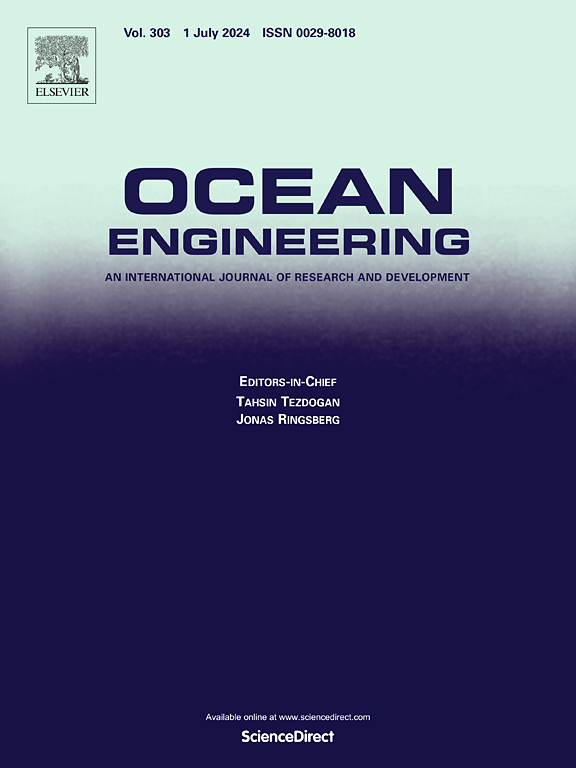Application of transfer learning on physics-based models to enhance vessel shaft power predictions
IF 4.6
2区 工程技术
Q1 ENGINEERING, CIVIL
引用次数: 0
Abstract
International shipping must reduce its emissions to meet global targets, with improving energy efficiency being a crucial step in this journey. Predictive models are essential for implementing energy efficiency measures such as weather routing, scheduling of hull cleanings, and just-in-time arrival, which are vital for reducing fuel consumption and emissions.
This paper explores the use of transfer learning to integrate physics-based and data-driven models for predicting vessel shaft power under varying operating conditions. Physics-based models rely on principles of resistance and propulsion, whereas data-driven models employ advanced machine learning techniques utilizing high-frequency operational data. A novel approach is proposed that integrates synthetic data from physics-based simulations with real operational data via transfer learning. This method enhances model accuracy while significantly reducing the amount of data required, and therefore the time until sufficient data is collected to develop a reliable data-driven model.
The proposed method is demonstrated on an ocean-going vessel use case to predict the shaft power demand in varying conditions. The results reveal that the proposed transfer learning approach outperforms regular data-driven methods, both in accuracy and required training time. The approach thus offers a robust solution for predicting vessel performance, demonstrating improved model accuracy and reduced dependency on extensive real-world data for training.
求助全文
约1分钟内获得全文
求助全文
来源期刊

Ocean Engineering
工程技术-工程:大洋
CiteScore
7.30
自引率
34.00%
发文量
2379
审稿时长
8.1 months
期刊介绍:
Ocean Engineering provides a medium for the publication of original research and development work in the field of ocean engineering. Ocean Engineering seeks papers in the following topics.
 求助内容:
求助内容: 应助结果提醒方式:
应助结果提醒方式:


